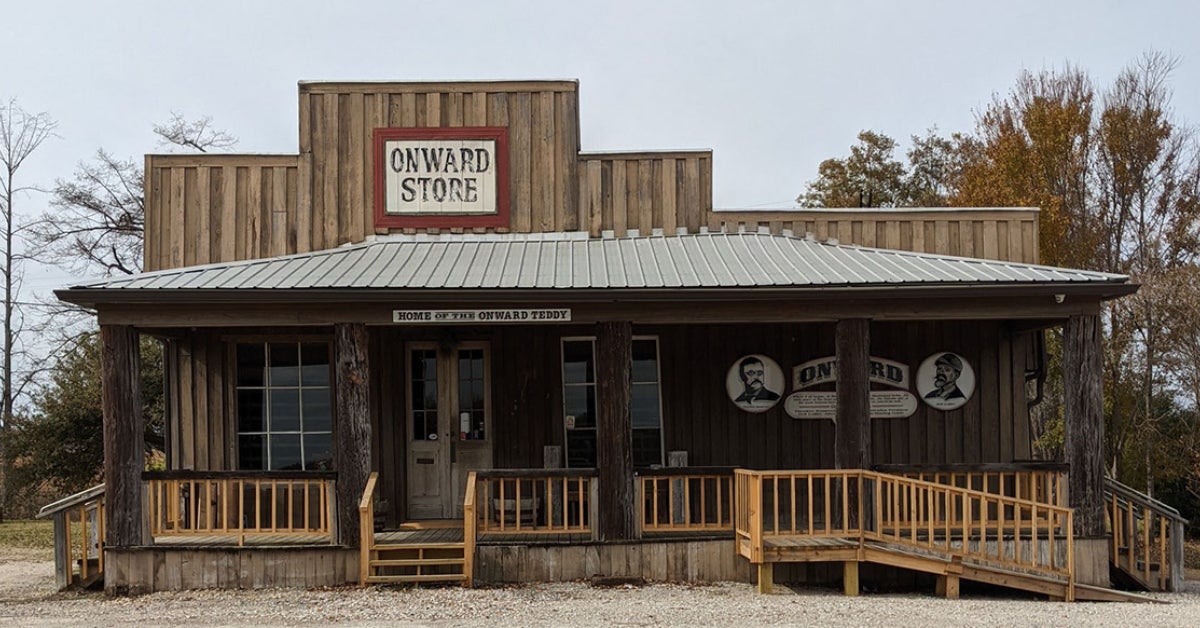To heal, we must remember
Published 12:00 am Monday, June 21, 2004
Jewel Rush McDonald stands outside the Mt. Zion United Methodist Church where her mother and brother, Georgia and J.T. Rush, were beaten by Klu Klux Klan members on the same night the church was burned to the ground more than 40 years ago.(Jon Giffin The Vicksburg Post)
[6/20/04]PHILADELPHIA, Miss. Something had gone wrong.
Jewel Rush McDonald knew it.
The meeting McDonald’s brother and mother had gone to at Mt. Zion Methodist Church wasn’t supposed to last that long. It was an ordinary financial meeting, one she was supposed to attend, but her brother, J.T. Rush, home from Meridian, went instead when she realized she was going to be tardy.
The delay was because members of the Ku Klux Klan had converged at the meeting, thinking the gathering was a part of the Freedom Summer movement to register black people to vote in 1964.
They were looking for Michael Schwerner, a 24-year-old native of New York. The Klan wanted him dead.
They questioned people leaving the all-black church, isolated on a curving road far from town. Was the man they called “Goatee” inside? Where were the white men? The churchgoers said they didn’t know anything about any white men. The Klansmen let a few go before taking their frustration out on three attendees: J.T. Rush, Georgia Rush and J.R. “Bud” Cole.”
When J.T. and Georgia arrived home, McDonald’s suspicions were confirmed. J.T.’s face was smashed. Georgia was bloodied and bruised. Her shoulder hurt as well. She always believed it to be broken, but she couldn’t go to a doctor. In 1964, she said, for all she knew the doctor could have been one of the men who beat her.
As McDonald examined the wounds of her kin, a glow arose in the Neshoba County sky.
Mt. Zion Church was being burned to the ground.
Lee Cole didn’t find out something had gone wrong until the next morning. It was only then, he said, he noticed his father’s head had swollen as a result of the beating from the night before. However, what initially caught his eye was the traffic.
Cars funneled along toward the church on Road 747 outside his house.
People wanted to see the ashes.
Things got worse
The events of the next several days have haunted the town of 7,303 for the next 40 years.
The three civil rights workers, men whose names have become icons of American history Schwerner, James Chaney and Andrew Goodman drove up from Meridian to gather information for a report on the beatings and burning of the church.
The subsequent hours the last in their young lives rocked the nation. Best estimates are that more than 20 members of the Ku Klux Klan murdered the three, and none of them w*ere ever charged in a Mississippi court.
The horrible nature of the crime and lack of action by law enforcement left Philadelphia to wear the label of a racist, backward town.
Monday will be the 40th anniversary of the murders. Relatives of the victims, members of the community and people involved with the Freedom Summer will gather today to remember the events of June 21, 1964, and keep alive the search for justice.
The oft-told story
In books and movies, the story has been told and retold, varying only slightly in details.
Chaney, 21, Schwerner, 24, and Goodman, 20, were in Oxford, Ohio, attending a training session with other Freedom Summer volunteers the night of the fire.
After returning to Meridian, which was Chaney’s home and where Schwerner and Goodman had their “headquarters,” they made the drive to Philadelphia in a blue station wagon.
They began their day visiting with members of Mt. Zion church, which is located in the Longdale community about 10 miles west of Philadelphia. Then, they headed west toward Philadelphia to continue the inquiry.
Once they entered the city limits, Deputy Sheriff Cecil Price pulled them over for and accused them of speeding. He took them to the county jail, even mentioning they might be suspected of burning the church down.
It was a ruse. The three were held until 10:30 p.m. when they were released, and never seen alive again.
Denials began immediately.
Posters with the three men’s mugs were printed identifying them as missing. James O. Eastland, a U.S. senator from Mississippi, told President Lyndon Johnson he thought the three had disappeared as a publicity stunt.
Slowly, the pieces came together. On June 23, FBI agents found the station wagon, burned out and abandoned 13 miles northwest of Philadelphia.
Then, on Aug. 4, agents found the bodies of the men buried 15 feet inside an earthen dam southwest of Philadelphia.
There was no more denying what had happened. The festering hate that erupted as black citizens started claiming their rights as American citizens had resulted in murder. Triple murder.
Wound profound
In the years after 1964, anytime someone from Philadelphia introduced himself or herself, the hometown name would receive a bitter response. It was everywhere.
“I was in Vietnam and I had people asking me about it,” Cole said.
Jim Prince, 40 and just four months old when the murders occurred, is now editor of the Neshoba Democrat newspaper and has been making news by joining forces to confront the community’s past. He said because two of the dead were white men from New York made others pay attention a little more.
“For the first time faces were put on Civil Rights workers,” he said. “The murders here caused the rest of the nation to wake up.”





